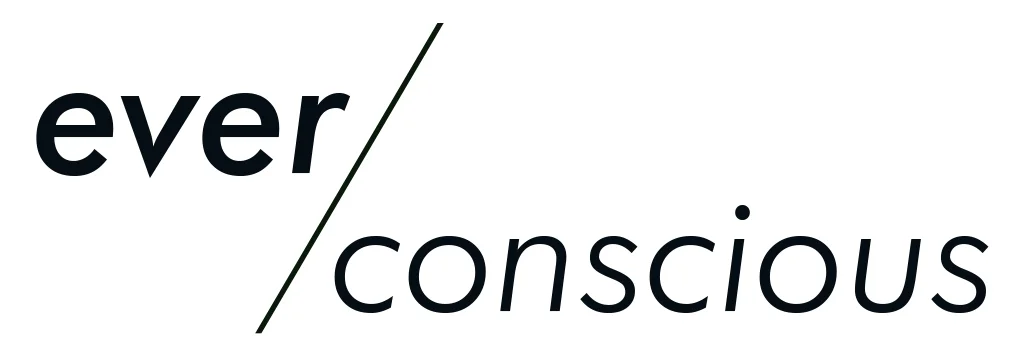Understanding the difference between sustainable or ethical fashion will help you build a conscious closet effortlessly. I always say: “WEAR YOUR VALUES”, and this is a good starting point. You can make an impact and a statement by aligning your values to the companies you purchase from.
Ask yourself what are you passionate about: Animal welfare, human rights, or climate change and pollution?
Focus on what is important to you and what kind of causes you want to support:
GREEN:
Green is a broader term to denote that one of the following methods of production have been used but does not guarantee that workers have been compensated right or that production did not harm the environment. But it does include new technology, for example waterless denim and textiles made from recycled plastic bottles.
ETHICAL:
Clothes that are ethical are produced in a way that doesn’t harm or exploit workers and/or animals all along the supply chain and production. Includes fair work conditions, living wages, reviving and supporting traditional skills and crafts, and cruelty-free products.
SUSTAINABLE:
A garment is considered sustainable when it’s produced with a minimum impact on the planet. It includes natural textiles and materials like organic cotton or tencel, low-carbon footprint, non-toxic dyes, recycled materials, buying second-hand clothes, upcycling, and more. The focus is to produce little or no pollution, less waste, and use fewer natural resources.
VEGAN & CRUELTY FREE:
Products labeled as vegan do not contain leather or animal byproducts and no animals were harmed in the process of making the product, like no fur and no animal torture.
SLOW FASHION:
Slow fashion is the antithesis of fast fashion and encourages us to buy less garments made of higher quality and through a sustainable process. It puts emphasis on the art of making clothes and celebrates the skills of the craftspeople who makes them.
FAIR TRADE:
In purchasing these products, you are helping to alleviate poverty in developing countries, ensuring that workers are paid fairly, that they work under humane conditions and have a clear understanding of their labor rights. Sustainable methods of production are encouraged, as well as a transparent supply chain.

